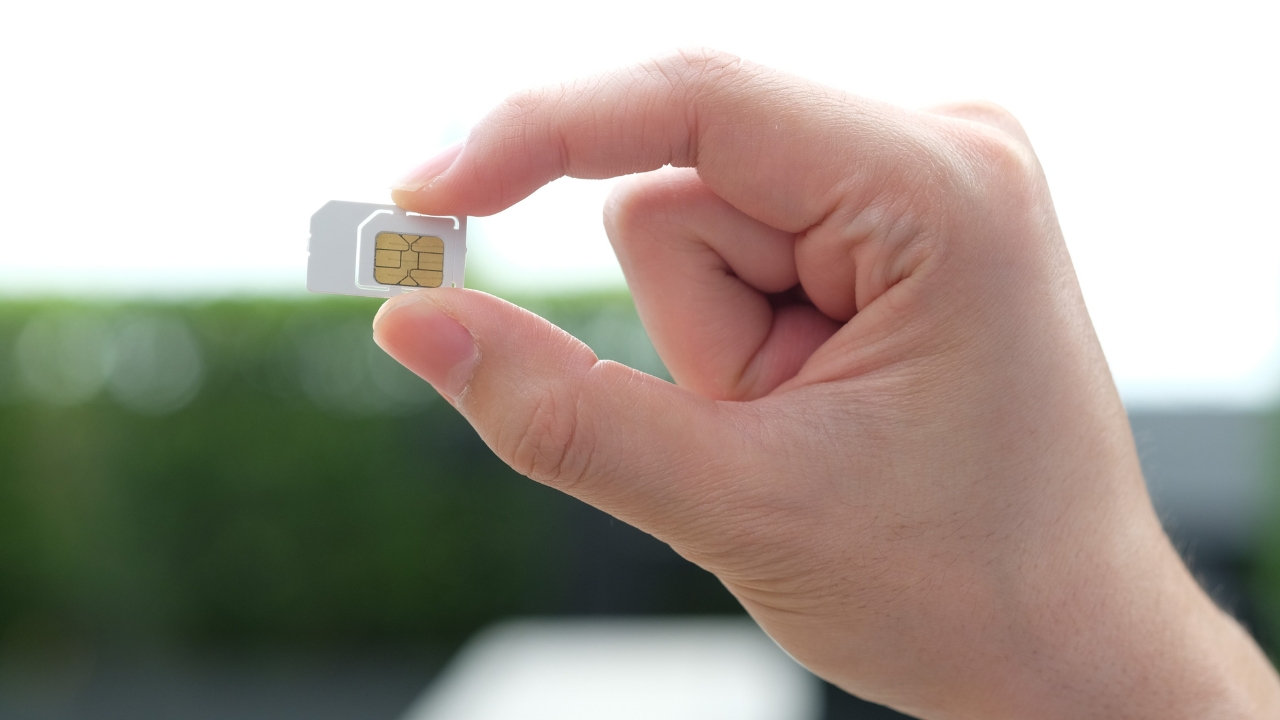
SIM Swapping: The Scam That Hijacks Your Phone (and Your Money)
In today’s digital world, your phone number is more than just a way for friends and family to reach you. It’s also a key to your financial life. That’s why scammers are increasingly turning to a tactic called SIM swapping to take control of victims' mobile phone numbers, and, eventually, their money.
What is SIM Swapping?
SIM swapping, also known as SIM hijacking, is a type of fraud where a criminal tricks your mobile phone provider into transferring your phone number to a SIM card in their possession. (A SIM card (Subscriber Identity Module) is a small chip in your phone that holds your mobile number and connects you to your wireless carrier’s network. It tells your phone who you are so you can make calls, send texts, and use data.) Once they control your number, they can intercept text messages and calls, including the one-time passcodes used for two-factor authentication (2FA). From there, it’s alarmingly easy for them to reset passwords, access financial accounts, and even lock you out of your email and banking apps.
Why SIM Swapping Works
SIM swapping relies heavily on social engineering. Scammers collect personal details from public databases, data breaches, and even social media. With enough information, they impersonate you and convince your mobile carrier to transfer your number to a new SIM card, usually under the pretense of a lost phone or a new device.
- Gather personal info: They might use phishing emails, social media, or data breaches to collect your name, address, birthdate, and phone number.
- Call your phone carrier: Pretending to be you, they ask for your data to be transferred to a new SIM card which they posess.
- Take over your number: Your real phone loses service, and theirs starts ringing and receiving texts with your number.
- Reset your accounts: They use your number to receive 2FA codes sent by text and can lock you out of your email, bank, and investment apps.
How to Protect Yourself
Here’s how to make SIM swapping a lot harder for scammers:
- Use an authentication app (like Google Authenticator or Authy) instead of SMS-based 2FA
- Set up a PIN or password on your mobile account with your carrier
- Limit what you share online, especially your phone number and birthdate
- Watch for phishing scams pretending to be from your bank, your credit union, or even your phone provider
And most importantly:
- Never give out your one-time passcodes. Not by phone, not by text, and not even to someone claiming to be from Members 1st.
Growing Awareness and New Regulations
The Federal Communications Commission (FCC) is working to reduce the risk of SIM swapping through new rules that require phone carriers to implement stronger customer verification methods before allowing a number to be transferred. While these changes are a step in the right direction, they are not yet fully implemented, and individuals still need to take proactive steps to protect themselves.
Stay Safe, Stay Alert
SIM swapping scams can be devastating, but knowledge is power. By understanding how these scams work and taking steps to safeguard your phone number and online accounts, you can make yourself a much harder target. At Members 1st, we take your security seriously. If you ever get a call that feels suspicious, hang up and call us directly at (530) 222-6060, or (800) 303-3838.
We’ll never ask for your debit card numbers, PINs, or one-time verification codes.




